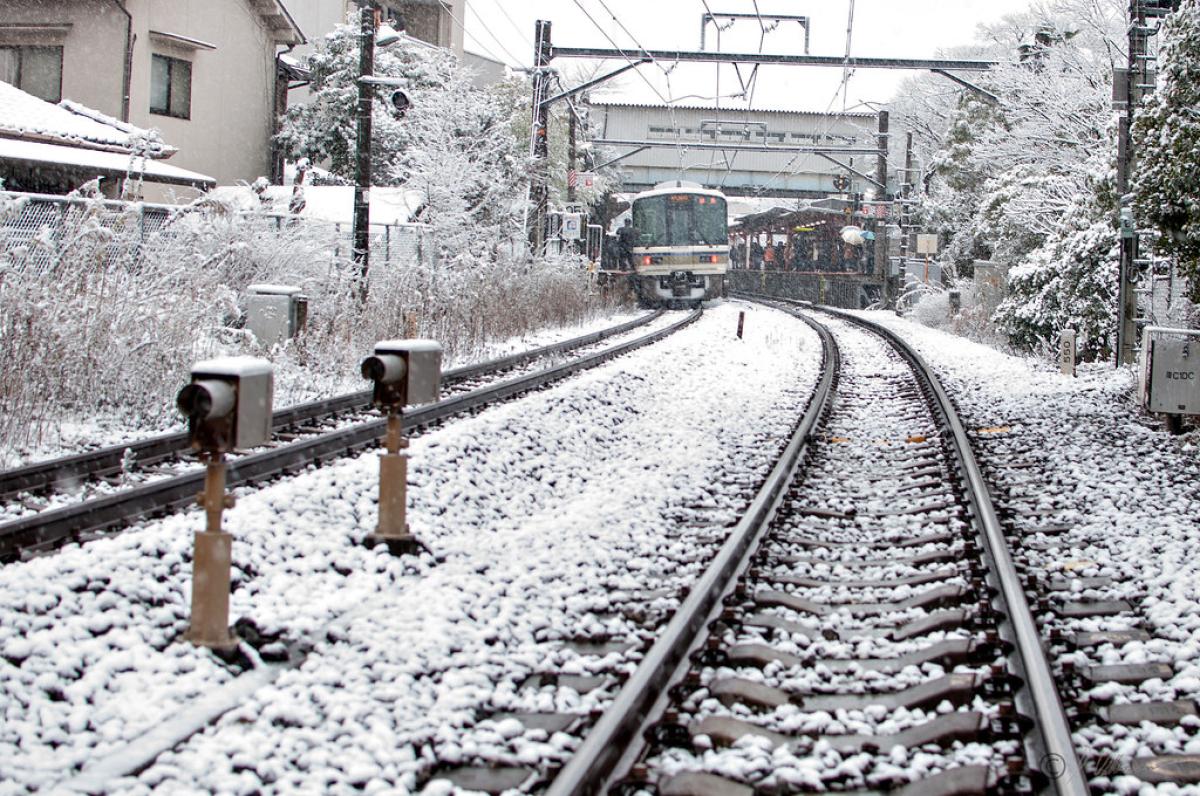There’s nothing like huddling around a roaring fire to forget the icy conditions outside: the howl of wind, the sweep of snowflakes, the cracking of railroad tracks.
Well, that last sound isn’t idyllic. If you’re near a railyard in uncommonly cold temps, though, you may notice tracks pulling apart from one another, or bolts shearing off from joints. The shock of unusual cold can majorly stress the steel tracks. These would have been laid at what’s called the “neutral temperature,” which represents a middle temperature of the surrounding environment. So, if the tracks were laid at seventy degrees, they can withstand both hot summer days and frigid winter nights. The problem comes with extreme weather. When the temps dip—say, to thirty below zero Fahrenheit—the steel contracts enough that it can pull apart at the joints. Switches, too, risk getting frozen in place or jammed from snowfall.
Luckily, railroad engineers have a tried-and-true method for avoiding railway damage, and it’s the same method you employ to stay warm: they light a fire.
Railroads place gas-fed heaters at various spots along the railway, often at switch points. When a cold snap hits, workers manually light the heaters, which steadily burn beside the tracks. The steel tracks don’t ignite, and trains have steel wheels that won’t catch fire as they roll down the railways. The sight may look like something from the gates of hell, but the small blazes are carefully managed. While other heating systems exist—running an electric current through the rails, or using hot-air blowers—they can be costly or impractical. An open flame can keep you, and the railroads, cozy.










